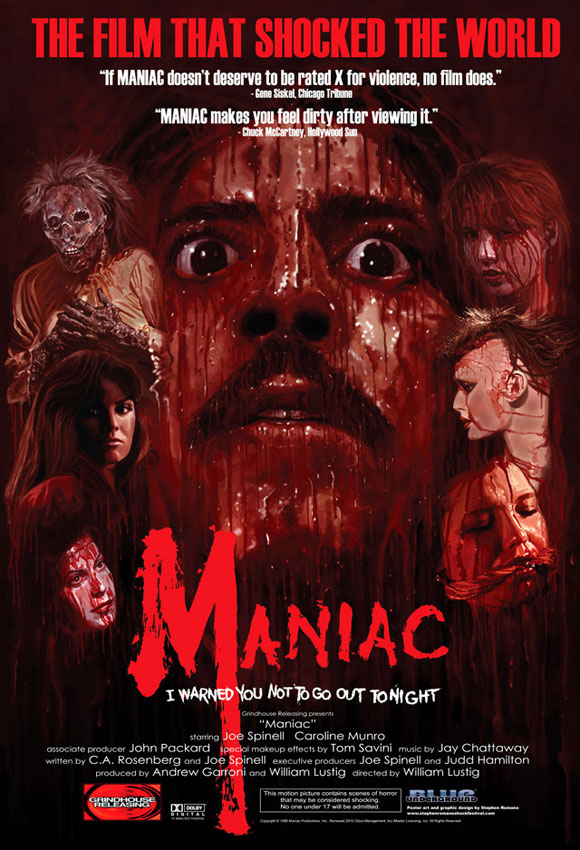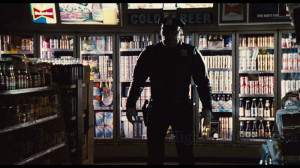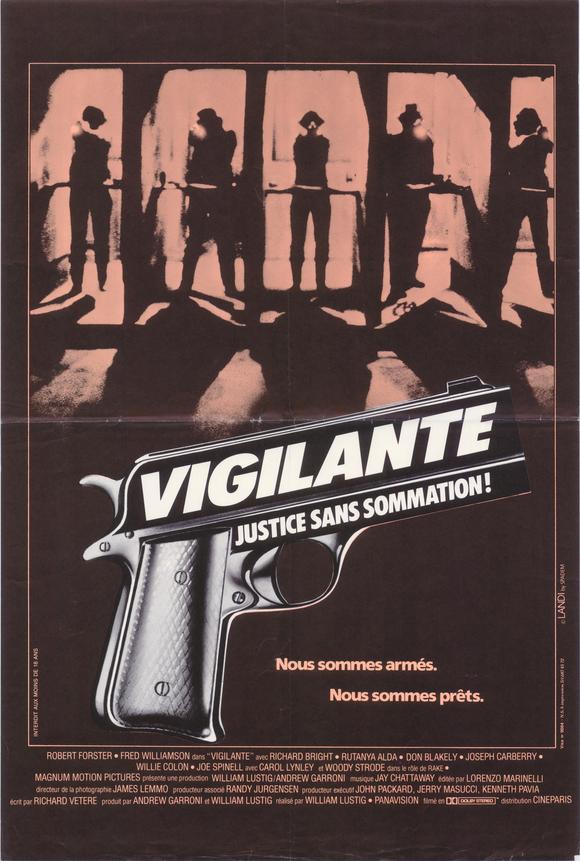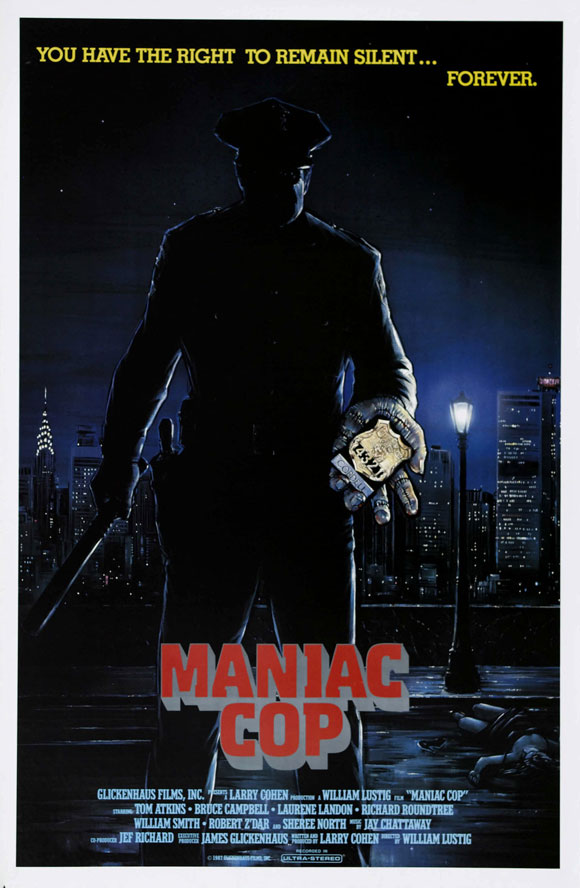The tension between low and high culture has been a part of the movies for a century, since the first seers and poets introduced artistic elements to a populist medium. But most distinctions eroded pretty completely by the ‘90s, when a serial-killer movie won the Best Picture Oscar (The Silence of the Lambs, 1991) and a stylized crime yarn (Pulp Fiction, 1994) won the top prize at Cannes and grossed $100 million at the U.S. box office.
The upshot is there’s no such thing as a guilty pleasure anymore. We can freely enjoy the base pleasures of genre films, and revel in Academy Award-winners playing superheroes in comic-book movies. Even our hallowed havens of cin-e-mah, such as the Pacific Film Archive, long ago embraced the “lower depths,” from ‘80s Hong Kong action flicks to William Castle’s cheesy chillers of the ‘50s and ‘60s to Seijun Suzuki’s baroque ‘60s gangster movies.
The film program at Yerba Buena Center For the Arts typically edges even further out on the fringes, showcasing internationally celebrated but non-commercial auteurs such as Apichatpong “Joe” Weerasethakul alongside sexploitation pioneers like Doris Wishman. Now comes A Tribute Retrospective to the Exploitation of William Lustig, the weekend-long centerpiece of Bay Area Now 7: Invasion of the Cinemaniacs!, an eclectic survey of the outré tastes of a host of devoted Bay Area film buffs and programmers. The man responsible for bringing Lustig to town is Jesse Hawthorne Ficks, the ardent force of nature behind the Midnites for Maniacs shows at the Castro and a teacher at Academy of Art College (where he inculcates impressionable minds in the sociological value of disposable genre movies).

William Lustig flat-out loves movies, watching ‘em and making ‘em, and seems to savor the problem-solving aspect of low-budget, independent movie-making as much as the creative challenge. The Bronx native scored his first grindhouse hit with Maniac (1980), the grisly tale of a serial murderer who terrorizes the pretty women of on-the-skids New York that opens the no-frills series Fri., Aug. 15 at 7pm in an unrated director’s cut.
His follow-up, Vigilante (1983), a more nuanced revenge trip than Death Wish, its more famous antecedent, imagines an integrated group of working-class buddies (including Fred “The Hammer” Williamson and Robert Forster, whose performance here and elsewhere led Tarantino to cast him in Jackie Brown 15 years later) exacting payback from the equally integrated band of lowlife scum who carved up Forster’s wife and blew away his young son.




